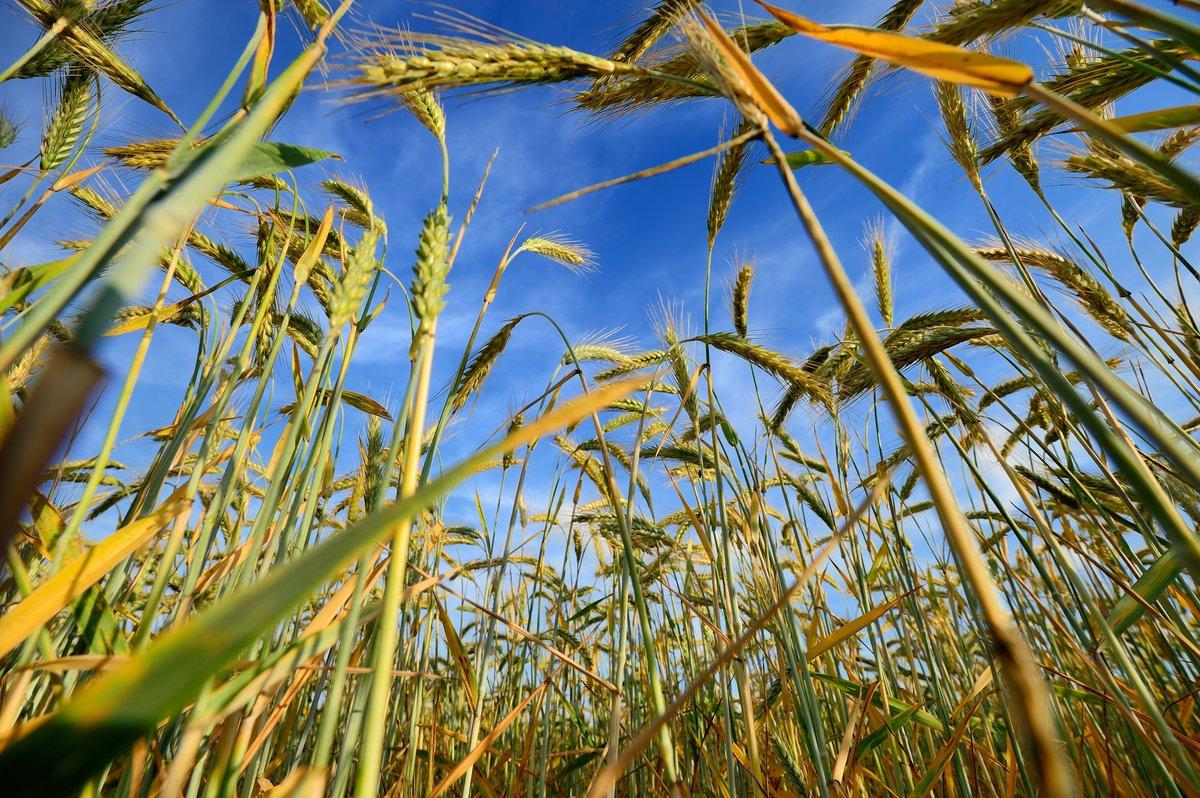AUTHORS: Kaley Hart – David Baldock – Graham Tucker
In its November 2017 Communication on the ‘Future of Food and Farming’, the European Commission proposed a new approach to CAP delivery, focussing on performance against objectives and targets. Although details are thin on the ground, this would provide far more flexibility to Member States to set their own objectives and targets (within an EU framework) and design their measures accordingly. This major change could offer a lot of opportunities for countries to focus on designing schemes that really work for the environment and climate, rather than the current risk averse approach taken for fear of falling foul of EU rules.
But how can we ensure that environmental considerations remain a priority at Member State/regional level alongside economic and social priorities? How can progress towards meeting environmental goals be measured effectively so that Member States can be held accountable for how they use the offered subsidiarity?
IEEP’s new paper, “Ideas for defining environmental objectives and monitoring systems for a results-oriented CAP post 2020”, funded by WWF Germany, investigates some of these concerns with a focus on addressing environment and climate priorities. It proposes some initial ideas on how this performance based delivery model could be made to work from an environmental perspective. In particular it focusses on the setting of objectives, targets, indicators and the data required to monitor progress.
Amongst the key points highlighted in the paper are:
- There must be clarity about the fundamental role and scope of the new performance based element of the CAP. A genuine change in the rate of progress against objectives is required.
- This has to be seen as a baseline condition for continued CAP funding – as opposed to a new set of hoops that must be jumped through in order to continue with measures and payments much as they are now.
- There is ample scope for basing a range of objectives on existing EU environmental law and policy. Many examples are offered.
- Above all, moving to a truly performance based system requires a change in mind-set. This applies to Member States in developing their objectives, targets and measures, as well as to Commission officials who will approve the Strategic Plans within which these are set out.
- A significant period of preparation would be required to establish a robust system, starting relatively soon if it were to be operational by the early 2020s.
- Advice, guidance and capacity building (within Member States and the Commission) will be critical to the success of this new approach to delivery.
- To ensure environmental ambition, there must be an obligation on Member States to give significant weight to environmental objectives/targets in relation to other objectives.
- Investment in data collection and analysis will also be essential to allow effective monitoring to take place – both Member States and EU bodies (JRC, EEA, Eurostat) have a role to play here. An enlarged “technical assistance” budget could be used to improve the depth and quality of data collection. This budget should be extended to Pillar 1 of the CAP: currently it is confined to Pillar 2.
For more information, please contact Kaley Hart.

